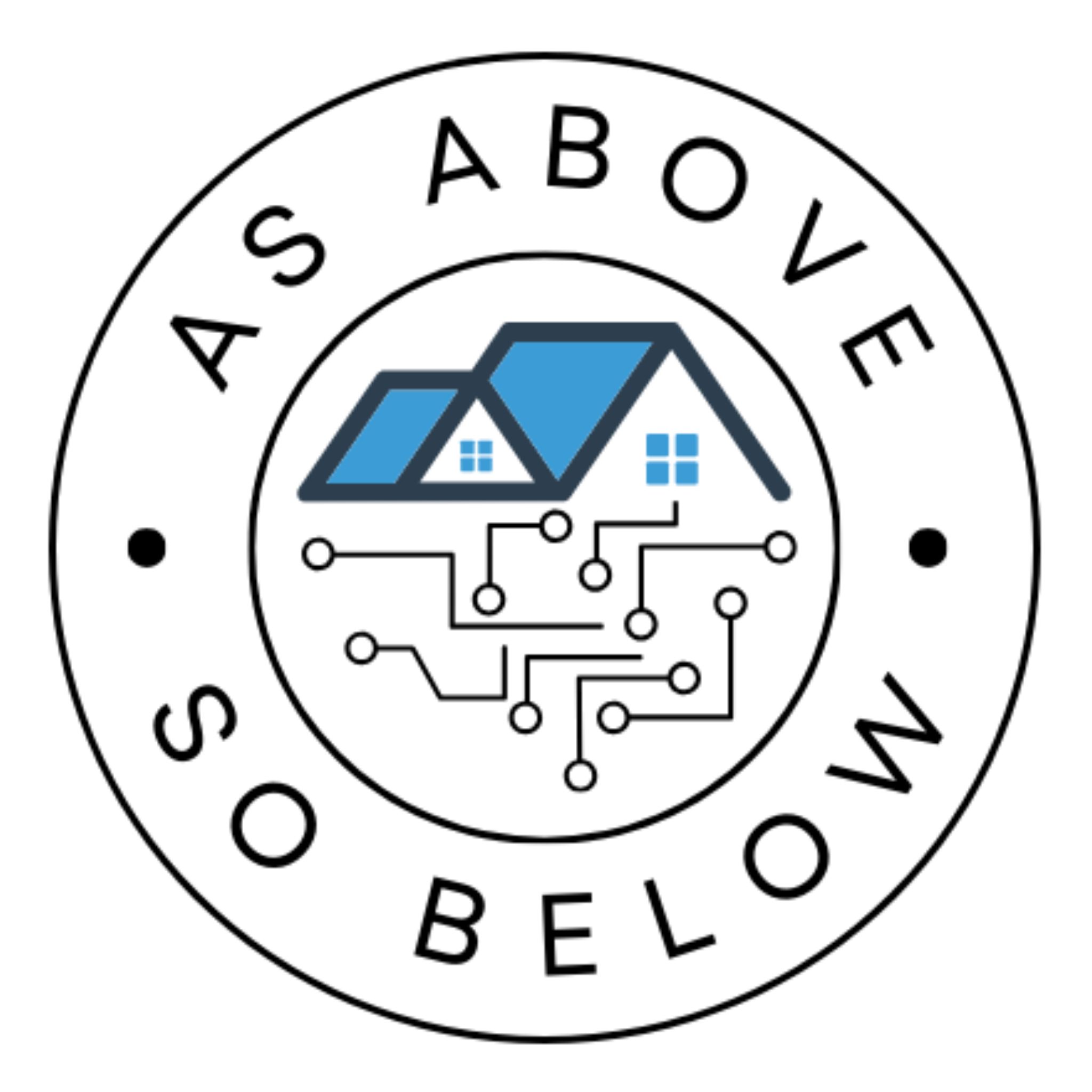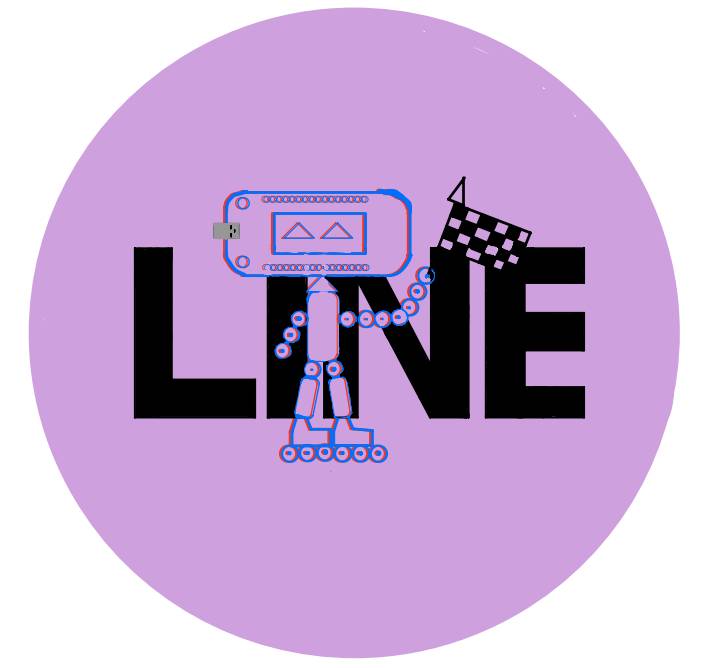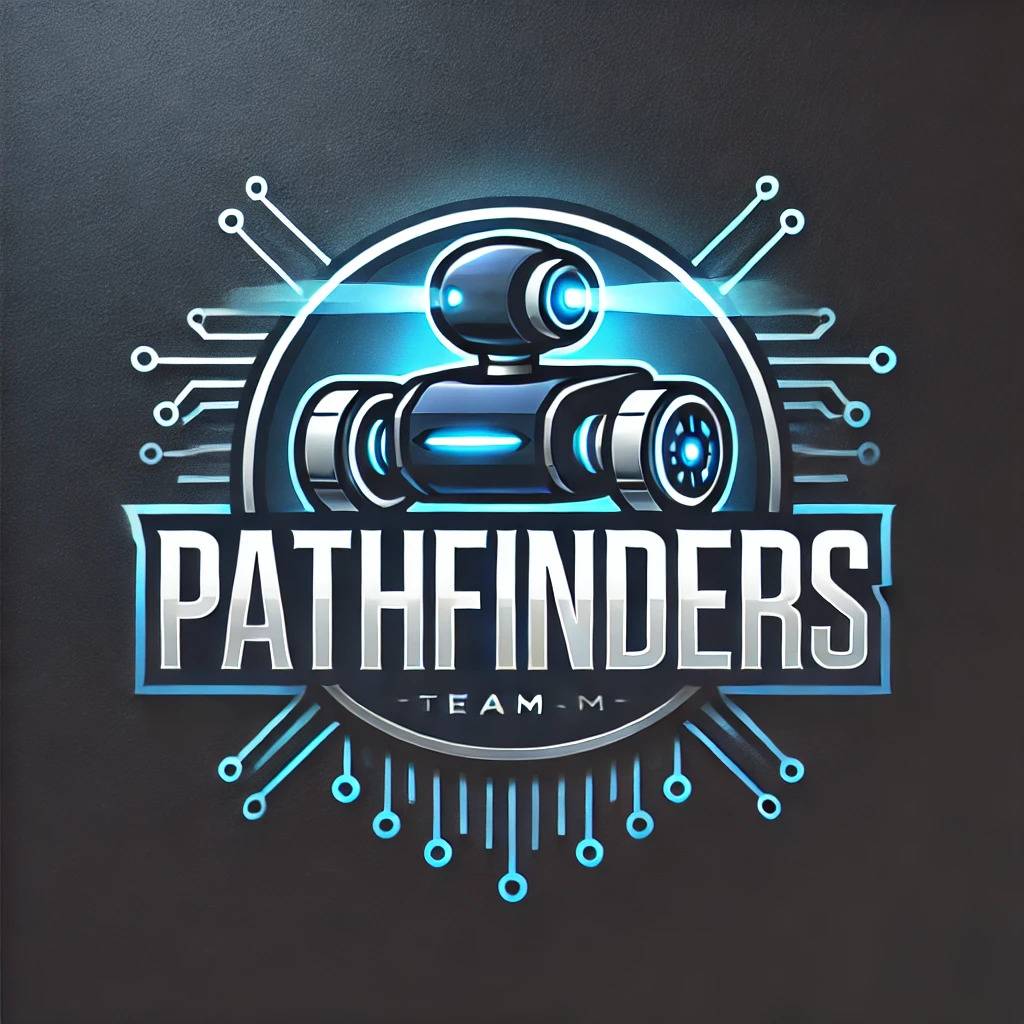Electrical Engineering (1st)
These projects are at the midpoint of a two-semester sequence. They are not complete.
E1.01 TDC-86 Integrated Lighting and Camera System

Sponsor: Ms. Toni Clark, NASA - Texas Space Grant Consortium (TSGC)
Student Team: Collin Peters, Keith Griffin, Jonah Hartley
Faculty Advisor: Mr. Jeffrey Stevens
Our project is a dynamic illumination and monitoring solution designed for NASA’s Artemis lunar missions, where extreme lighting contrasts create visibility challenges. Our system features a 4×4 LED array controlled by a processing unit, which dynamically adjusts brightness based on real-time ambient conditions. It includes an emergency lighting mode that activates during power failures, a manual override system for user control, and a video display feed for real-time scene monitoring. By providing dynamic adjustments to low light scenes, our project enhances astronaut safety as they explore the surface of the moon.
E1.02 Radiation Tolerant Crew Laptop-2

Sponsor: NASA - Texas Space Grant Consortium (TSGC)
Student Team: Cameron Curtis-Elijah Callahan, John Camp, Aaron Dahl, Noah Steres
Faculty Advisor: Mr. Mark Welker
NASA is seeking solutions to the challenges that ionizing radiation poses to digital electronics in space. The High-Performance Space Computer is a radiation-tolerant processor based on the RISC-V instruction set architecture. Our project involves validating the Crew Laptop mainboard, designed by the Senior Design II team, to ensure its functionality and reliability in space environments. We will utilize the necessary tools for monitoring and debugging the board while validating system peripherals. Additionally, we will collaborate with the D2 Crew Laptop team to support their work and objectives, ensuring a seamless continuation of the project.
E1.03 Foundation Monitoring System

Sponsor: Stable Options LLC, Space Alliance Technology Outreach Program (SATOP)
Student Team: Sloan Louden-Robins, Cassidy Miskovitz, Orlando Torres, Will Rebenack
Faculty Advisor: Mr. Mark Welker
Our project is researching and developing a smart foundation monitoring system that preemptively detects movements in foundation structures averting costly structural damage which can be caused by several different factors. Using sensors such as inertial measurement units (IMUs), time of flights sensors (TOFs) and others, the system tracks a foundation's displacements in three dimensions, records the data in real time and outputs to a user interface to notify property owners of potential issues.
E1.04 Trace Invaders

Sponsor: Ingram School of Engineering
Student Team: Allie Lange, Joel Osho, Owen Ziegler
Faculty Advisor: Mr. Jeff Stevens
Our project is an autonomous robot that will follow a line while navigating a course as fast as possible. The robot detects and tracks the line while staying within the boundaries of the course, within the given time constraint. It includes various subsystems for line detection, motor control, power, navigation, and distance sensing. This project is important because precise navigation along a fixed path is useful for various applications, including public transportation and the movement of hazardous materials.
E1.05 Speedy Liner

Sponsor: Ingram School of Engineering
Student Team: Obiajulu Isolokwu, Octavio Chavez, Cristian Chavez Cruz
Faculty Advisor: Mr. Jeffrey Stevens
Our project focuses on designing an autonomous robotic line-following system that completes an assigned course within an optimal time period. The robot system will possess sensors to detect the course along with a microcontroller to process decisions controlling motors to navigate the course. The robot will operate with rechargeable battery power. We will design a custom PCB-based chassis. We will create software to achieve optimal navigation accuracy and time efficiency. The final product is a line-following robot participating in a Senior Design competition of speed and accurate course navigation.
E1.06 Line Following Bot

Sponsor: Ingram School Of Engineering (ISoE)
Student Team: Ethan Patterson, Pete Mathew, Carlos Larios
Faculty Advisor: Mr. Jeffrey Stevens
Our project is an autonomous Line-Following Bot designed to navigate predefined paths, detect deviations, and adapt to real-time course changes. Using sensor-based line tracking, the bot follows routes with precision while adjusting speed and direction for optimal performance. Advanced navigation algorithms enable smooth turns, obstacle avoidance, and efficient path correction. This technology is crucial for automation in logistics, manufacturing, and smart transportation, improving efficiency and safety.